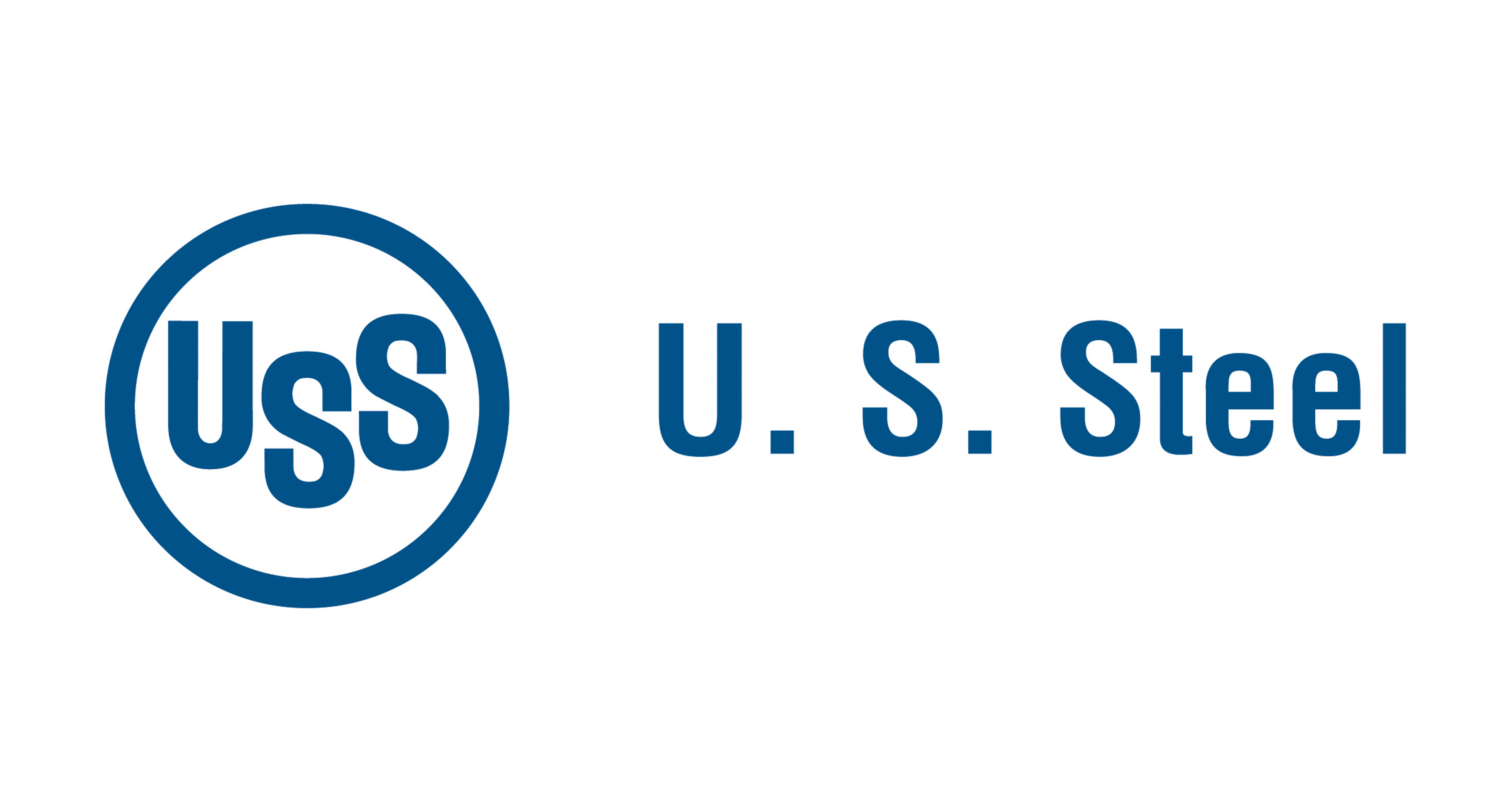Government/Policy

August 4, 2017
U.S. Must Get 'More Creative,' Trade Nominee Tells Senate
Written by Sandy Williams
Gilbert Kaplan, nominee for undersecretary for international trade at the Department of Commerce, was questioned today by the Senate Finance Committee on how he will approach trade issues for the nation. As undersecretary, Kaplan would be responsible for promoting U.S. trade and enforcing trade laws.
Sen. Sherrod Brown (D-OH) pressed Kaplan on whether he supported a quick resolution to the Section 232 investigation to end import surges that have occurred from the ensuing uncertainty about the case.
 “Yes, absolutely. I think it is very important,” said Kaplan, and suggested that the U.S must get more “creative” in pursuing trade cases and “turn the pressure on even more to get this resolved.”
“Yes, absolutely. I think it is very important,” said Kaplan, and suggested that the U.S must get more “creative” in pursuing trade cases and “turn the pressure on even more to get this resolved.”
Kaplan proposed the more frequent use of self-initiated Section 301 actions to address unfair trade practices and steel overcapacity, as well as utilizing the the World Trade Organization to bring trade cases against China and others.
On the subject of reciprocal market access with China, Kaplan said, “I think we should be able to have complete access [to Chinese markets] and not be subject to any caps or limits.”
Kaplan, a Harvard law graduate, has a long background in trade, working for the Commerce Department as a director of investigations in 1983 and later as deputy assistant secretary for the import administration handling steel trade. He also served as acting assistant secretary for import administration. After the Reagan years, Kaplan worked as an attorney in international trade and as a lobbyist for corporations such as Bethlehem Steel. In 2007, while at law firm King and Spalding, he represented Zekelman Steel and others in a successful anti-subsidy case against imports of Chinese steel standard pipe.
(Source material: World Trade Online)






